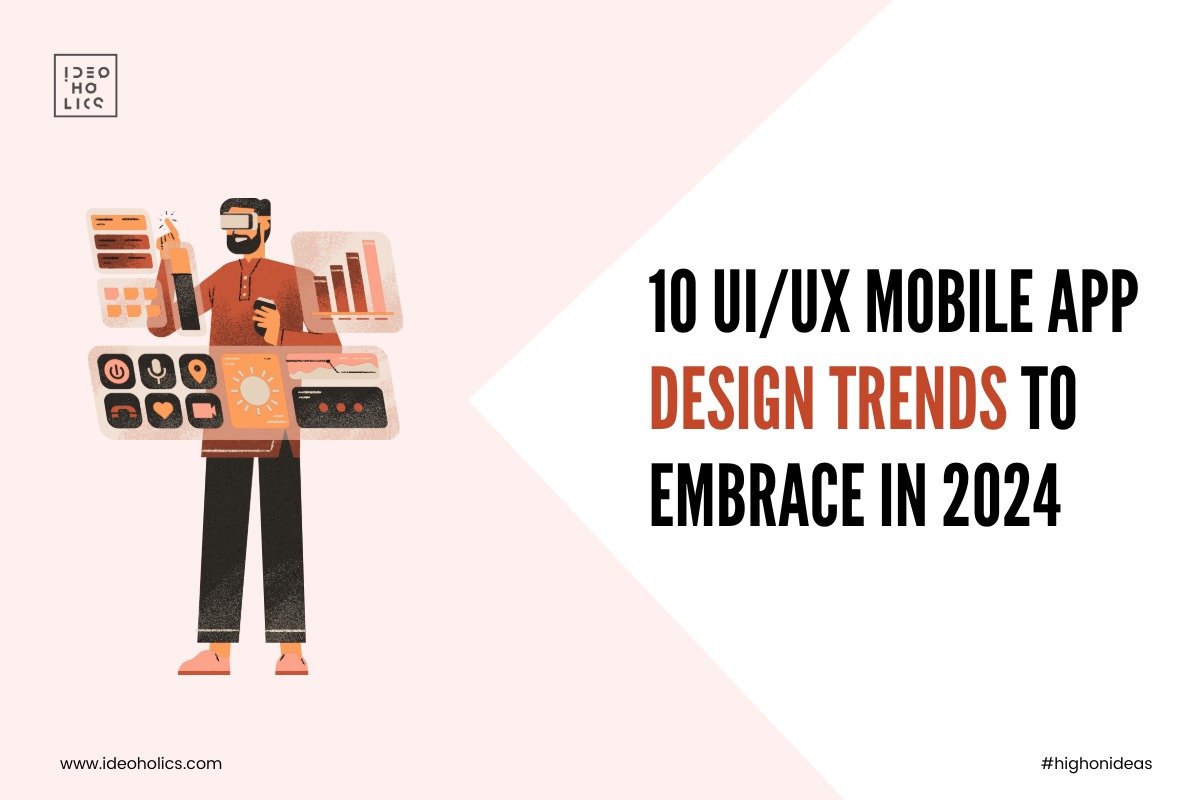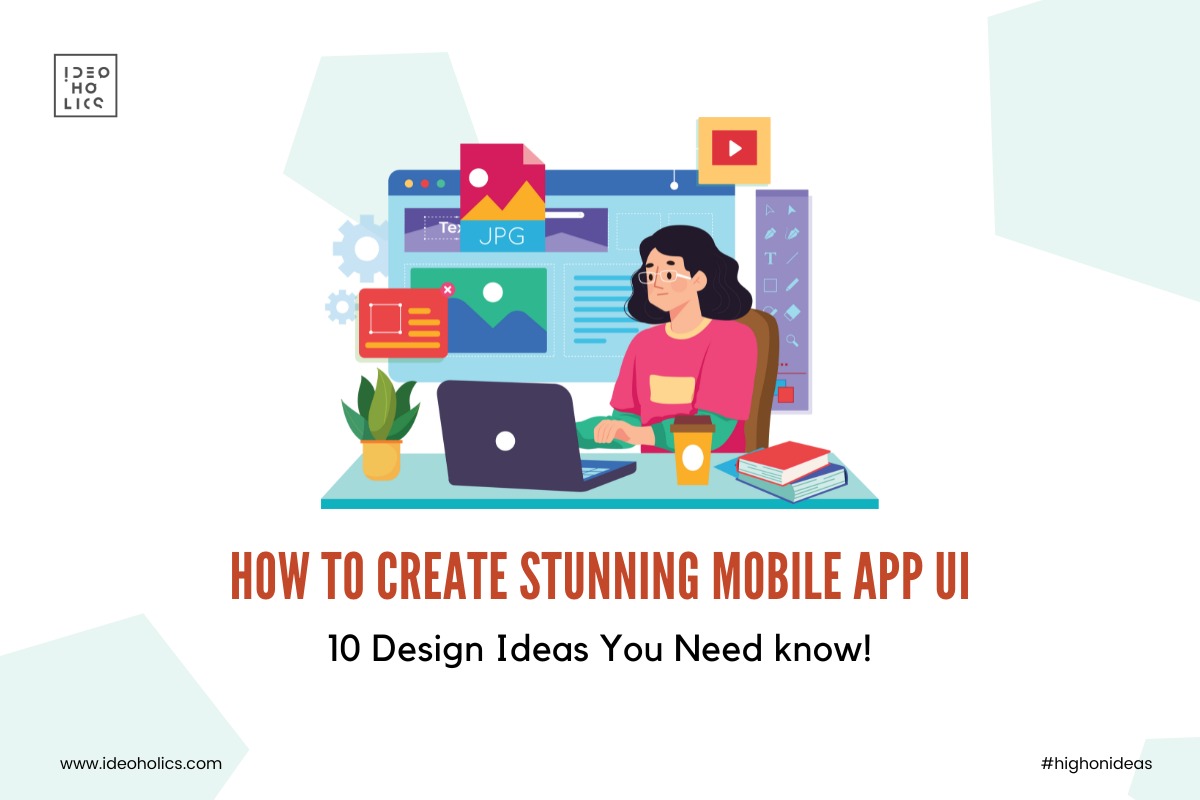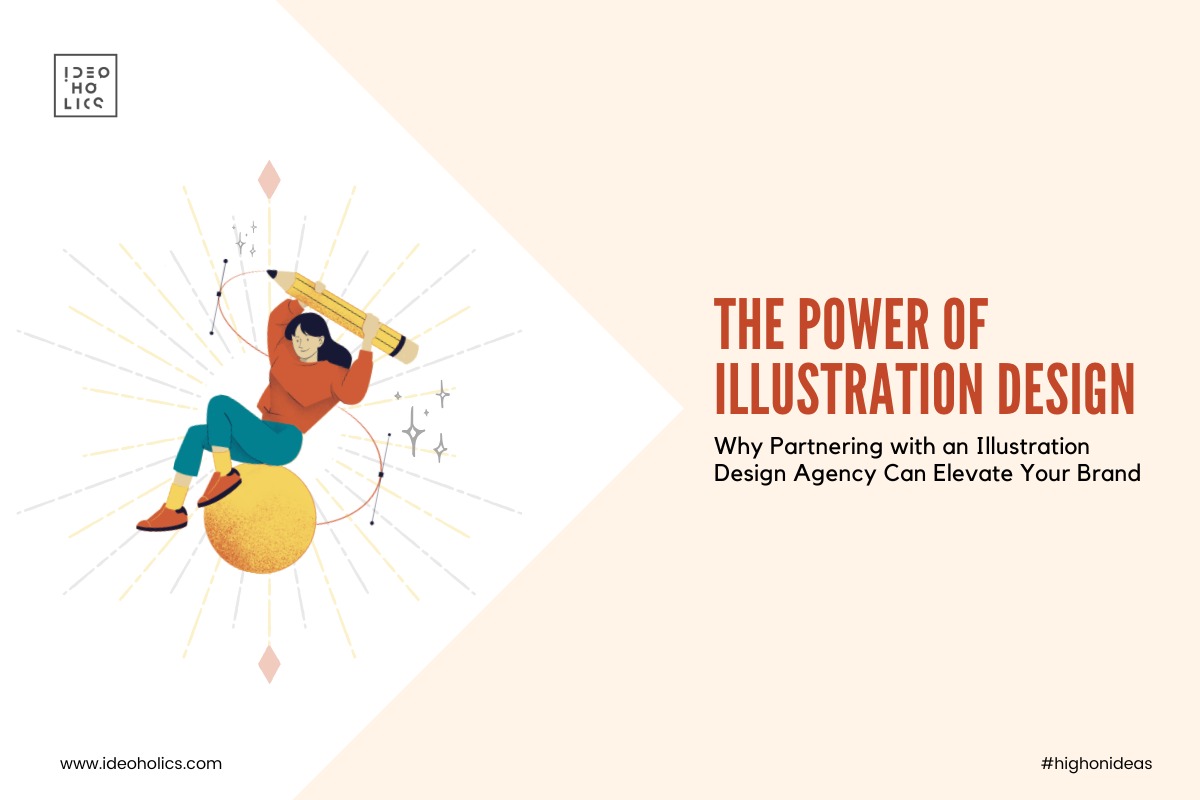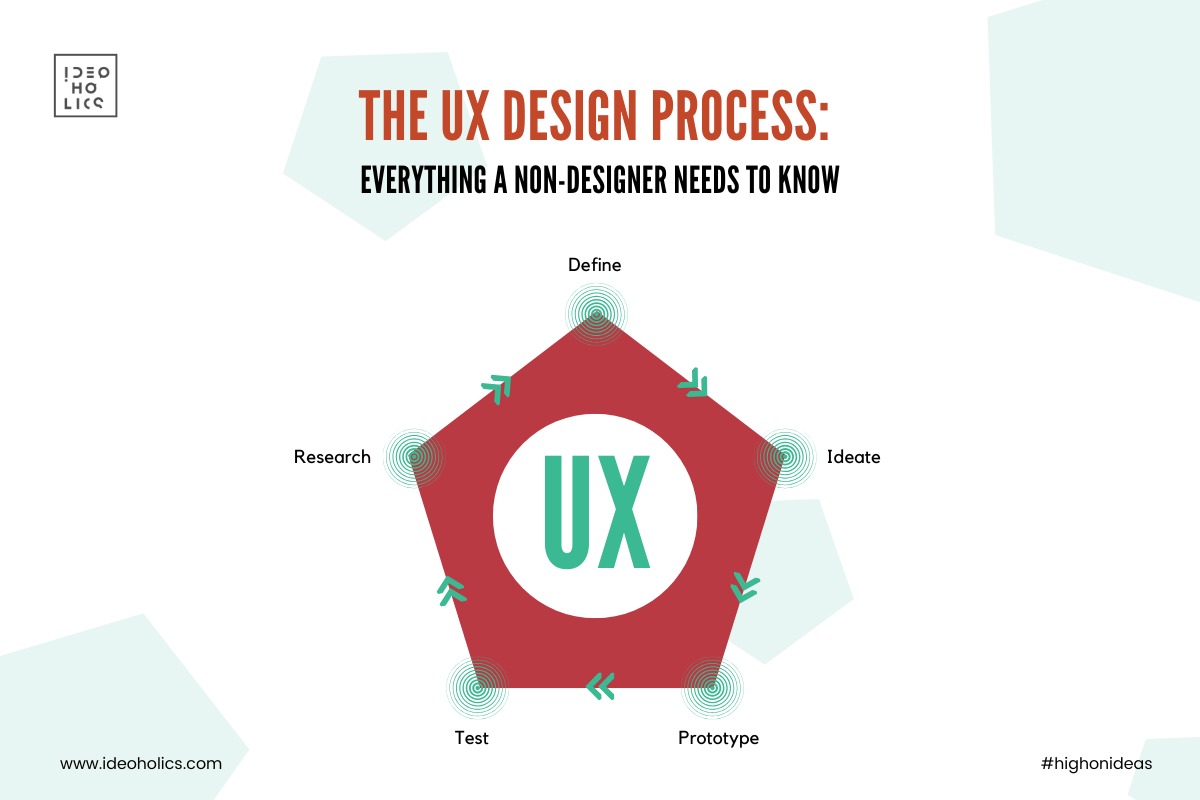
10 UI/UX Mobile App Design Trends to Embrace in 2024
Certainly! Here are ten UI/UX mobile app design trends to embrace in 2024, each with detailed explanations:
- Augmented Reality (AR) Integration
- Description: AR is becoming increasingly accessible and is used to create immersive and interactive experiences. This trend includes features like virtual try-ons for shopping apps, AR navigation overlays, or interactive educational content.
- Benefits: Enhances user engagement and provides a more interactive and personalized experience. For example, a furniture app could allow users to visualize how a piece of furniture would look in their home using AR.
- Biometric Authentication
- Description: Beyond fingerprint scanners, biometric authentication now includes facial recognition, voice recognition, and iris scanning.
- Benefits: Enhances security while also providing a seamless and quick login experience. It reduces reliance on passwords and helps in preventing unauthorized access.
- Minimalist and Clean Interfaces
- Description: Emphasis on simplicity with a focus on essential functions and content. This includes ample white space, clean lines, and a reduction in visual clutter.
- Benefits: Improves usability and accessibility, making the app easier to navigate. It helps users focus on primary tasks and reduces cognitive load.
- Microinteractions
- Description: These are subtle animations or feedback elements that provide visual cues or responses to user actions. Examples include button animations, progress indicators, or subtle changes in interface elements.
- Benefits: Enhances user feedback, making interactions more engaging and intuitive. They help users understand the impact of their actions and improve overall user satisfaction.
- Voice User Interface (VUI)
- Description: With the rise of voice assistants like Siri and Google Assistant, integrating voice commands into apps is becoming more common. This trend includes voice search, commands, and interactions.
- Benefits: Provides hands-free interaction and can be particularly useful in contexts where typing is inconvenient. It also caters to accessibility needs, making apps more inclusive.
- Personalized User Experiences
- Description: Leveraging AI and machine learning to create tailored experiences based on user behavior, preferences, and past interactions. This includes personalized content recommendations, customized interfaces, and adaptive layouts.
- Benefits: Enhances user engagement by providing relevant and tailored content. It creates a more intuitive experience by anticipating user needs and preferences.
- Dark Mode and Theming
- Description: Dark mode continues to gain popularity, offering a dark-themed interface option alongside traditional light modes. Custom theming allows users to adjust app appearances according to their preferences.
- Benefits: Reduces eye strain in low-light conditions and can extend battery life on OLED screens. Custom theming adds a layer of personalization, allowing users to adjust the app’s look to their liking.
- Gesture-Based Navigation
- Description: The shift from traditional navigation buttons to gesture-based interactions is ongoing. This trend includes swipes, pinches, and multi-finger gestures to navigate through apps.
- Benefits: Provides a more immersive and fluid navigation experience. It can free up screen space and reduce visual clutter, leading to a cleaner interface.
- Inclusive and Accessible Design
- Description: Designing with accessibility in mind to ensure apps are usable by people with disabilities. This includes features like screen reader compatibility, adjustable text sizes, and high-contrast modes.
- Benefits: Ensures that apps are usable by a broader audience, including those with visual, auditory, or motor impairments. It also promotes inclusivity and complies with legal accessibility standards.
- Dynamic Content and AI-Powered Features
- Description: Utilizing AI to deliver dynamic content and features, such as chatbots for customer support, predictive text, or content generation based on user input and behavior.
- Benefits: Enhances the user experience by providing responsive and context-aware interactions. AI-powered features can automate tasks, offer personalized recommendations, and improve overall efficiency.
These trends reflect the evolving landscape of mobile app design, focusing on enhancing user experience, security, and personalization. Adopting these trends can help ensure that your app remains relevant and competitive in 2024.
0 Comments







